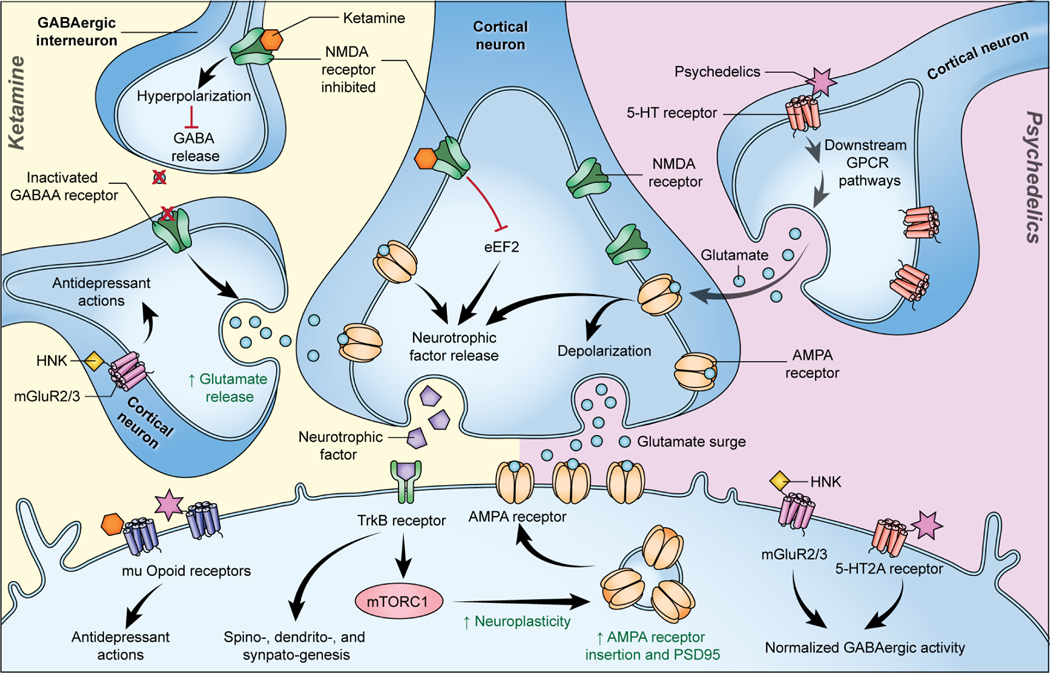Figure 1. Hypothesized convergent and divergent mechanisms of ketamine and serotonergic psychedelics (SPs).
Ketamine increases glutamate release into the synapse through preferential blockade of NMDARs on GABAergic interneurons (disinhibition hypothesis) or other methods. This glutamate “surge” leads to downstream signaling that transiently activates mTORC1, increasing synaptic protein translation of PSD-95, AMPARs, and others. SPs trigger this glutamate surge through downstream GPCR pathways after 5-HT receptor activation, which leads to parallel mTORC1 activation and subsequent increases in synaptic protein translation. Other proposed mechanisms of antidepressant effects include binding to mu-opioid receptors and normalizing GABAergic activity through either mGluR2/3 (ketamine/(2R,6R)-HNK) or post-synaptic 5-HT2A receptors (SPs). Figure is approximate for illustrative purposes. Abbreviations: 5-HT: 5-hydroxytryptamine; AMPAR: α-amino-3-hydroxy-5-methyl-4-isoxazolepropionic acid receptor; GPCR: G protein-coupled receptors; HNK: hydroxynorketamine; mGluR: metabotropic glutamate receptor; mTORC1: mechanistic target of rapamycin complex 1; PSD-95: postsynaptic density protein 95.

